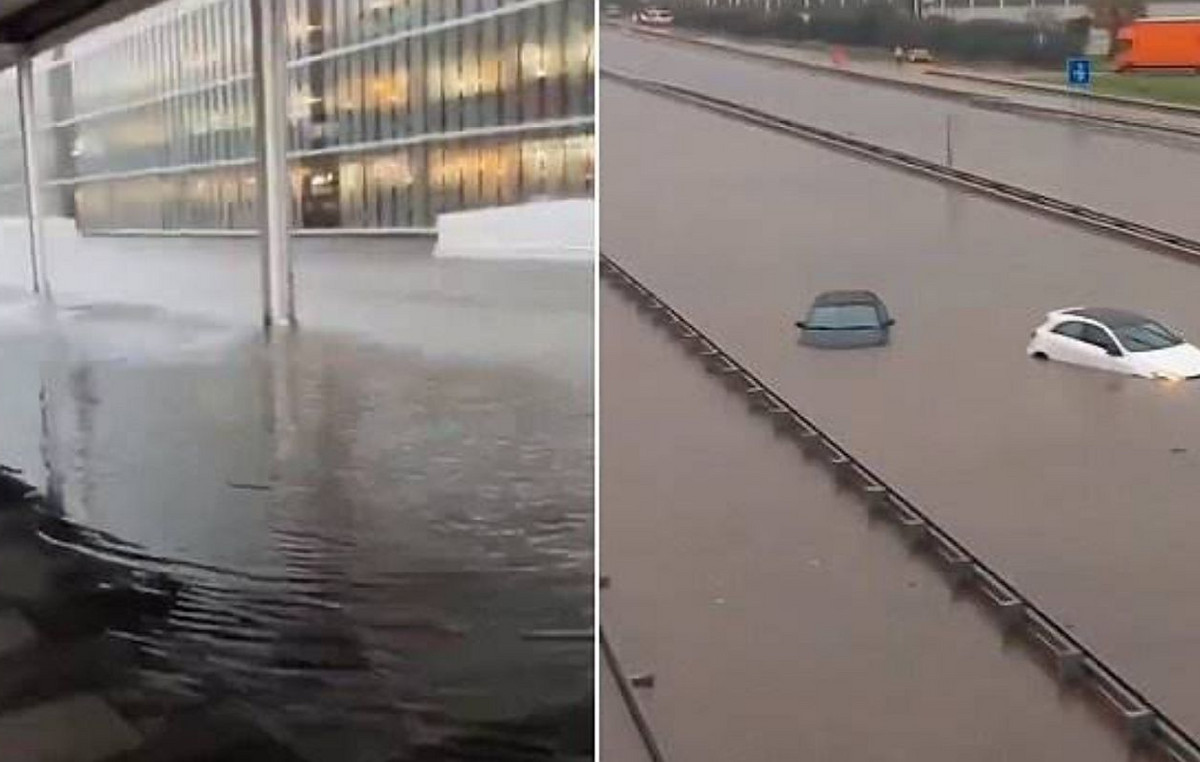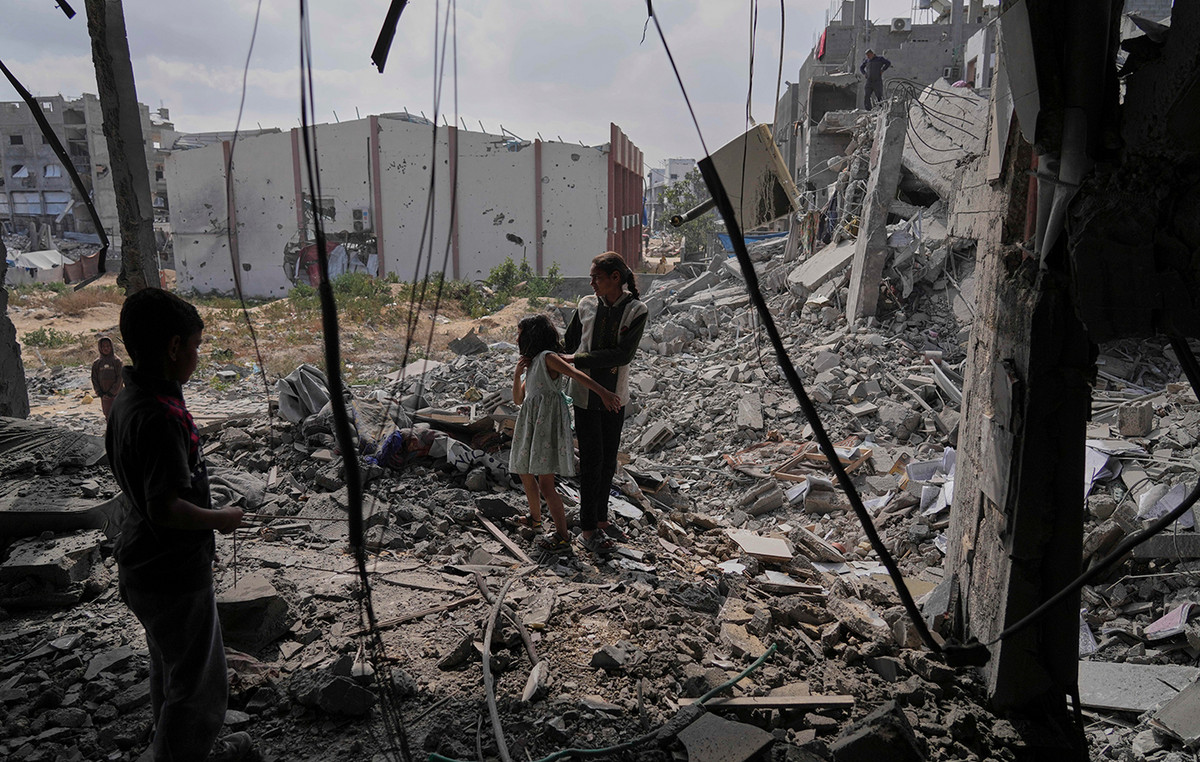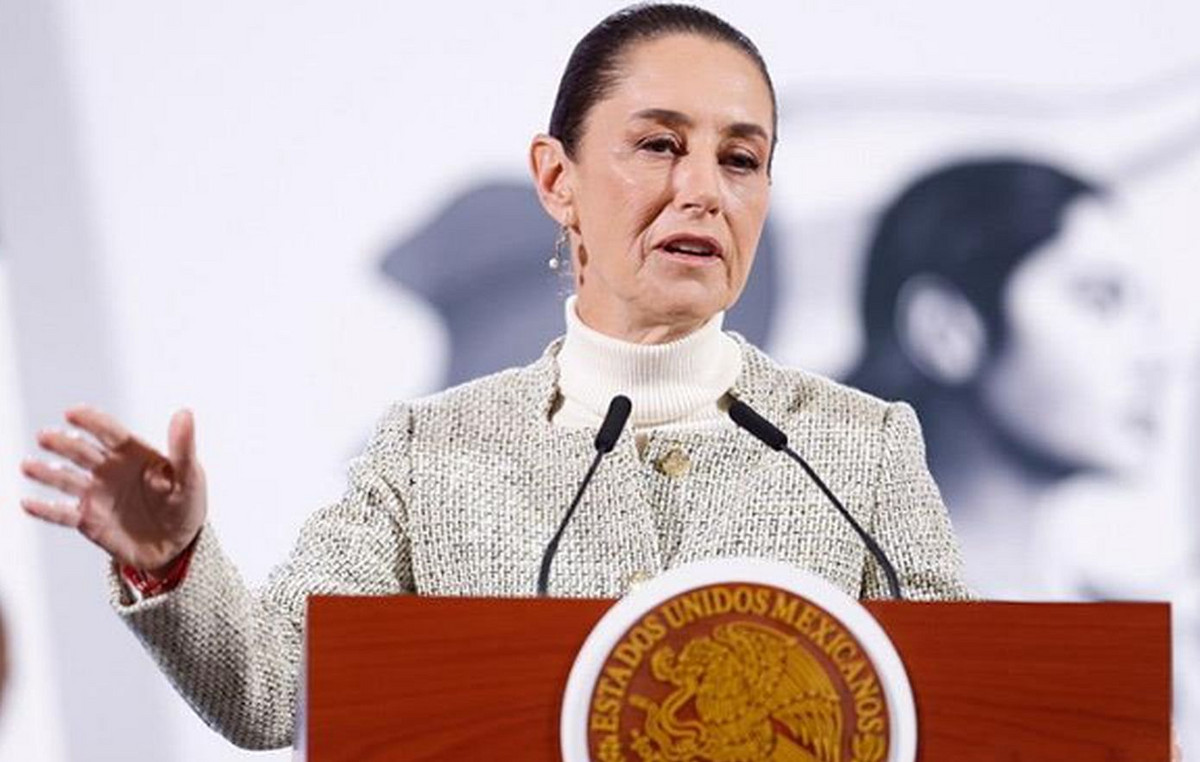One of the biggest droughts in recent decades was largely responsible for a succession of heavy increases in Brazilians’ electricity bills.
Since last year and well into 2021, rainfall in the regions where some of the country’s main hydroelectric plants are located, in the Southeast and Midwest regions, came at the lowest levels in decades.
As a result, the reservoirs depleted and the government had to resort to complementary generation sources, more expensive than free water, so that the country would not run out of energy.
It was exactly the same lack of rain that affected several crops in states like São Paulo, Minas Gerais, Mato Grosso do Sul and Paraná, some of the main agricultural regions in the country. This ended up also weighing on the price of various foods and even ethanol.
Café, sugar, legumes, and many fruits these are some items that have risen close to 20% or more in the last 12 months, according to data from the IPCA, the official inflation index of the Brazilian Institute of Geography and Statistics (IBGE).
All of them were harmed by crop failures due to drought or frost – or both – in the Southeast and the South of the country last year.
Chicken, which feeds on corn, which ran out of water in Mato Grosso do Sul and Paraná, is 30% more expensive. The electricity bill also rose 30%, on average, and ethanol, whose sugarcane was also hit by drought and frost in São Paulo, jumped 67%.
The same rain that stopped falling for the sugarcane, stopped falling for the coffee, stopped falling for the orange and stopped recovering the reservoirs.
Maciel Silva, Agricultural Production Coordinator at the Agriculture and Livestock Confederation (CNA)
The good news is that, in October, the rains in the region returned more and more and helped to stop, a little, the damages.
The bad news is that one or another month of regular rain will still be too little to undo the damage created throughout the entire year. It’s not enough to fill up the reservoirs soon and bring both energy and food prices back to normal anytime soon.
Another bad news is that there are signs that severe droughts like this year’s could become more and more recurrent. That would mean empty dams, damaged crops and therefore shortages of products and price increases much more often in the years ahead.
Worst drought since the 60s
“It’s normal to have droughts from time to time. What is striking about this one is that it comes from a long sequence of years with below-average rainfall”, says meteorologist Mozar Araújo Salvador, from the National Institute of Meteorology (Inmet).
According to a survey carried out by Inmet, 2020 was the second year with less rain in the Paraná River basin region since 1961, until data is available. And 2021 is on its way to being third or even (it will only be possible to know when the year ends).
Paraná is the river that cuts through all the main states hit by this year’s drought.
Until today, the worst year in the region is still 1963, when the volume of rainfall was more than 400 millimeters below the historical average, which is 1000 to 1500 millimeters of precipitation per year.
The difference is that that was an isolated year among others that had normal rains. Now we are witnessing an unprecedented streak of bad years.
It’s been six years in a row with below-average rainfall – and well below average. Of the ten years between 2012 and 2021, in eight it rained less. Nothing like it had happened, at this intensity, since 1961.
“Although it has been six years, this is still a very recent series for the climate history, and it is not possible to say that there is a change in the pattern”, says Salvador.
But it turns on a yellow light. The period from 1961 until now is a relatively long history and this has never happened. There is the possibility, yes, that, from now on, we may have new sequences of three, four or five years of little rain.
Mozar Araújo Salvador, meteorologist at Inmet
La Niña and desmatamento
According to the meteorologist, it is difficult to measure how much of this change in pattern in recent years is a result of natural causes and how much is already a result of human interference in the climate. “It could be the influence of La Niña, and it could also be the effect of climate change and deforestation,” he says.
La Niña is a natural phenomenon of cooling waters in the Pacific Ocean and, depending on the intensity, it can increase the risk of drought in the South and Southeast of Brazil at certain times of the year.
Deforestation in key regions such as the Amazon, in turn, something that has been reducing the vegetation cover of the world’s largest tropical forest for decades and which has accelerated again in recent years, reduces moisture and moisture transport by neighboring territories in Brazil .
In other words, controlling these interferences is also a way to, in the long run, prevent life from becoming more expensive in different ways.
“A gigantic part of the rain that goes to the Southeast and the South is transported from the Amazon region, and the maintenance of the forest helps to maintain this process”, explains Santiago.
Less rain, less food, more inflation
In food, the lack of rain can affect crops in several ways. Little water in the soil, if it does not make the plantation unviable or kills it completely, it can generate fewer grains and fruits on the plants, or even smaller fruits.
The result is increased costs for producers, less productive crops, shrunken crops and, as a result, higher market prices.
This is what happened with coffee, which had a crop 23% smaller than in 2020, and with orange, for example.
“The number of fruits [da laranja] came bigger than in 2020, but they didn’t have the volume to fill the boxes [de suco], because there was a lack of water in the soil and the fruits were smaller”, says the coordinator of agricultural production at CNA, Maciel Silva. In retail, the lime orange rises 15% and the pear orange, 18%.
Another effect of unregulated rains are crops that can be ready later or have longer intervals between them, creating longer periods between harvests – when products are naturally more expensive – longer.
This was the case for soybeans and corn, which are planted alternately in the same areas throughout the year.
“With the little rain [no fim do ano passado], some waited to plant when it rained, and it took time to rain. Others took risks, lost and had to plant again”, says Salvador, from Inmet.
“The changes in rainfall in the last harvest have followed a similar behavior in recent years”, says Silva, from CNA.
“With that, the possibility of planting a little later is already beginning to be assumed. The planting, which was expected to take place in the first or second week of September, is already being considered that it can be done in late September or early October.”
Reference: CNN Brasil
I am Sophia william, author of World Stock Market. I have a degree in journalism from the University of Missouri and I have worked as a reporter for several news websites. I have a passion for writing and informing people about the latest news and events happening in the world. I strive to be accurate and unbiased in my reporting, and I hope to provide readers with valuable information that they can use to make informed decisions.







